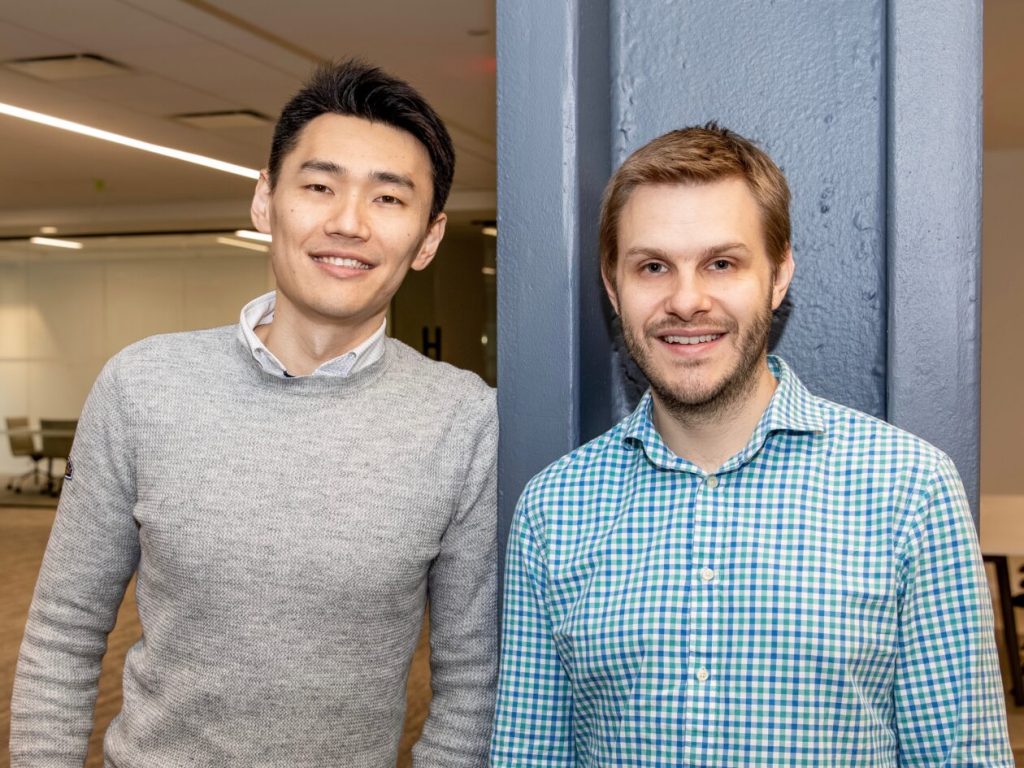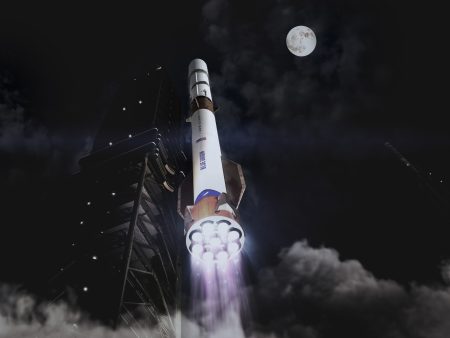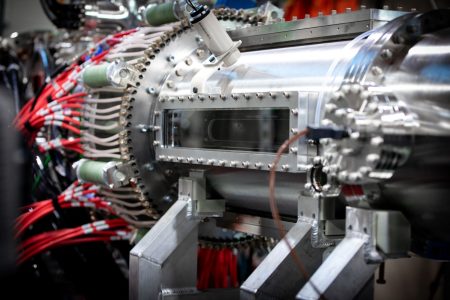Palo Alto Networks Acquires Chronosphere: A Landmark Deal in Cloud Observability
In a significant move that underscores the growing importance of observability in the AI era, cybersecurity giant Palo Alto Networks has announced its acquisition of Chronosphere for a remarkable $3.35 billion. The deal, announced on November 20, 2025, brings together one of the world’s leading cybersecurity providers with what Palo Alto Networks CEO Nikesh Arora described as “one of the fastest-growing software companies in history.” Chronosphere, founded just six years ago in 2019, has quickly established itself as a premier provider of cloud observability solutions that help engineering teams monitor their applications, detect issues rapidly, and ensure smooth operations in complex cloud environments. This acquisition reflects the increasing convergence of cybersecurity and observability, particularly as organizations face unprecedented challenges in managing and securing AI workloads that generate massive volumes of data.
The journey of Chronosphere’s co-founders, CEO Martin Mao and CTO Rob Skillington, represents a fascinating Silicon Valley success story. The duo first met while working at Microsoft in the Seattle area, where they collaborated on the monumental task of migrating Office to the cloud-based Office 365 format. Their career paths then led them both to Uber’s engineering teams, where they gained invaluable experience in handling large-scale distributed systems. This shared background provided the foundation for Chronosphere, which they established in 2019 with a clear vision: to create an observability platform capable of handling the most complex cloud-native workloads. Their technical expertise and innovative approach to solving critical observability challenges clearly impressed Palo Alto Networks. During the company’s earnings call, Arora specifically highlighted the exceptional engineering talent at Chronosphere, noting that when Palo Alto’s own engineering team evaluated potential acquisition targets, they came back with uncharacteristic praise: “These guys are the best engineers we’ve run into.”
The timing of this acquisition coincides with the explosive growth of AI applications and the accompanying challenges in monitoring these resource-intensive workloads. According to Palo Alto Networks, traditional observability tools were simply not designed for the AI era, where the volume, velocity, and variety of data have increased exponentially. The cost of comprehensive observability has become prohibitive for many organizations using conventional tools. This is where Chronosphere has carved out its niche – delivering robust observability solutions at approximately one-third the cost of competing offerings. Arora emphasized that Chronosphere has “changed the observability model” through its innovative combination of open-source technologies and architectural techniques. The company has clearly struck a chord with cutting-edge tech companies, counting two of the “premier LLMs” (Large Language Models) among its customers, though specific names weren’t disclosed. This client roster suggests Chronosphere has proven its capabilities in the most demanding AI environments.
Financially, Chronosphere has demonstrated remarkable growth, reporting more than $160 million in annual recurring revenue with triple-digit growth rates. This performance has attracted investments from prestigious venture capital firms including General Atlantic, Greylock Partners, Lux Capital, Addition, Founders Fund, Spark Capital, and Glynn Capital. While headquartered in New York City, the company operates with a distributed team model, maintaining major hubs in Seattle and Vilnius, Lithuania. Mao, who is based in the Seattle region along with several other employees, will join Palo Alto Networks once the acquisition closes, as will Skillington and the rest of Chronosphere’s team of more than 250 employees. This talent acquisition represents a significant aspect of the deal’s value, bringing specialized expertise in cloud observability to Palo Alto Networks’ already formidable technical capabilities.
Looking ahead, Palo Alto Networks has indicated that Chronosphere will remain “largely standalone” after the acquisition closes in 2023. Arora described the Chronosphere team as “basically a bunch of really smart engineers and forward-deployed engineers, as well as a few salespeople,” suggesting that Palo Alto Networks recognizes the unique culture and technical approach that has fueled Chronosphere’s success. Rather than forcing immediate integration, the plan appears focused on strategic collaboration, with Arora noting that Palo Alto will “give them some support by introducing the right customers in very targeted fashion.” This approach aligns with growing recognition in the tech industry that preserving the culture and autonomy of acquired companies often leads to better long-term outcomes, especially when the acquisition is primarily motivated by technology and talent.
For Chronosphere’s founders, the acquisition represents both a validation of their vision and an opportunity to scale their impact. “When Rob Skillington and I started Chronosphere six years ago, we set out to build a next-generation observability platform capable of handling the most complex cloud native workloads,” Mao wrote on LinkedIn following the announcement. “Today, we are the observability leader trusted by the world’s top AI and digital-native innovators.” The acquisition by Palo Alto Networks is not an isolated move but part of a broader strategy to expand capabilities in AI security and observability. Earlier in 2025, the company also acquired Protect AI, a Seattle startup specializing in machine learning system monitoring. Together, these acquisitions position Palo Alto Networks at the intersection of cybersecurity and AI observability – a strategic junction that will likely become increasingly important as organizations continue to deploy sophisticated AI systems that require both robust security and comprehensive monitoring. As the deal moves toward closure next year, the tech industry will be watching closely to see how this powerhouse combination reshapes the landscape of cloud security and observability.















